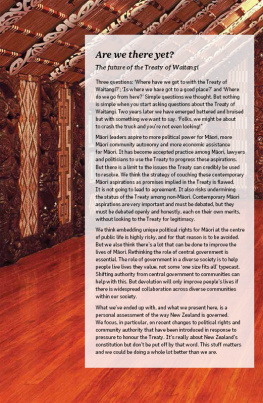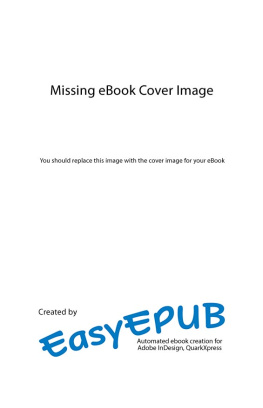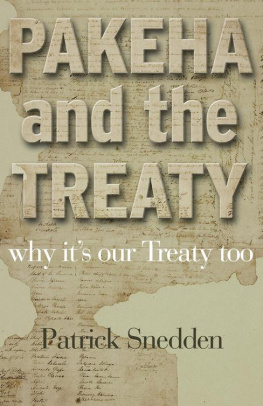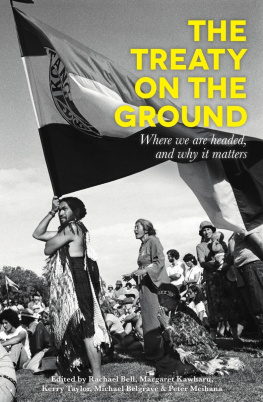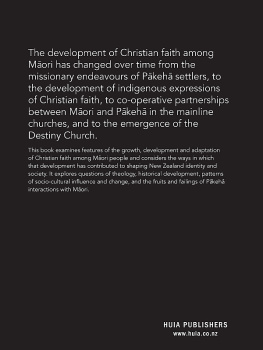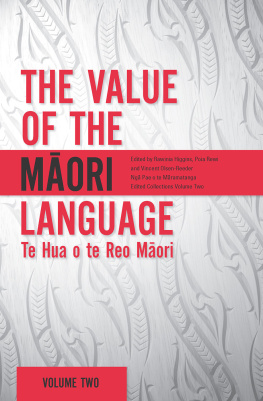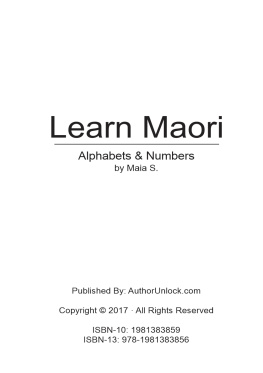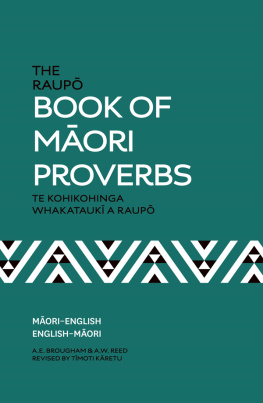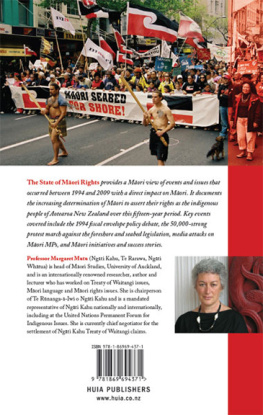Gareth Morgan - Are We There Yet?: The Future of the Treaty of Waitangi
Here you can read online Gareth Morgan - Are We There Yet?: The Future of the Treaty of Waitangi full text of the book (entire story) in english for free. Download pdf and epub, get meaning, cover and reviews about this ebook. year: 2015, publisher: BookBaby, genre: Politics. Description of the work, (preface) as well as reviews are available. Best literature library LitArk.com created for fans of good reading and offers a wide selection of genres:
Romance novel
Science fiction
Adventure
Detective
Science
History
Home and family
Prose
Art
Politics
Computer
Non-fiction
Religion
Business
Children
Humor
Choose a favorite category and find really read worthwhile books. Enjoy immersion in the world of imagination, feel the emotions of the characters or learn something new for yourself, make an fascinating discovery.
- Book:Are We There Yet?: The Future of the Treaty of Waitangi
- Author:
- Publisher:BookBaby
- Genre:
- Year:2015
- Rating:4 / 5
- Favourites:Add to favourites
- Your mark:
Are We There Yet?: The Future of the Treaty of Waitangi: summary, description and annotation
We offer to read an annotation, description, summary or preface (depends on what the author of the book "Are We There Yet?: The Future of the Treaty of Waitangi" wrote himself). If you haven't found the necessary information about the book — write in the comments, we will try to find it.
Three questions: Where have we got to with the Treaty of Waitangi?; Is where we have got to a good place? and Where do we go from here? Simple questions we thought. But nothing is simple when you start asking questions about the Treaty of Waitangi. Two years later we have emerged battered and bruised but with something we want to say. Folks, we might be about to crash the truck and youre not even looking!
Maori leaders aspire to more political power for Maori, more Maori community autonomy and more economic assistance for Maori. It has become accepted practice among Maori, lawyers and politicians to use the Treaty to progress these aspirations. But there is a limit to the issues the Treaty can credibly be used to resolve. We think the strategy of couching these contemporary Maori aspirations as promises implied in the Treaty is flawed.
It is not going to lead to agreement. It also risks undermining the status of the Treaty among non-Maori. Contemporary Maori aspirations are very important and must be debated, but they must be debated openly and honestly, each on their own merits, without looking to the Treaty for legitimacy.
We think embedding unique political rights for Maori at the centre of public life is highly risky, and for that reason is to be avoided. But we also think theres a lot that can be done to improve the lives of Maori. Rethinking the role of central government is essential. The role of government in a diverse society is to help people live lives they value, not some one size fits all typecast. Shifting authority from central government to communities can help with this. But devolution will only improve peoples lives if there is widespread collaboration across diverse communities within our society.
What weve ended up with, and what we present here, is a personal assessment of the way New Zealand is governed. We focus, in particular, on recent changes to political rights and community authority that have been introduced in response to pressure to honour the Treaty. Its really about New Zealands constitution but dont be put off by that word. This stuff matters and we could be doing a whole lot better than we are.
Gareth Morgan: author's other books
Who wrote Are We There Yet?: The Future of the Treaty of Waitangi? Find out the surname, the name of the author of the book and a list of all author's works by series.

